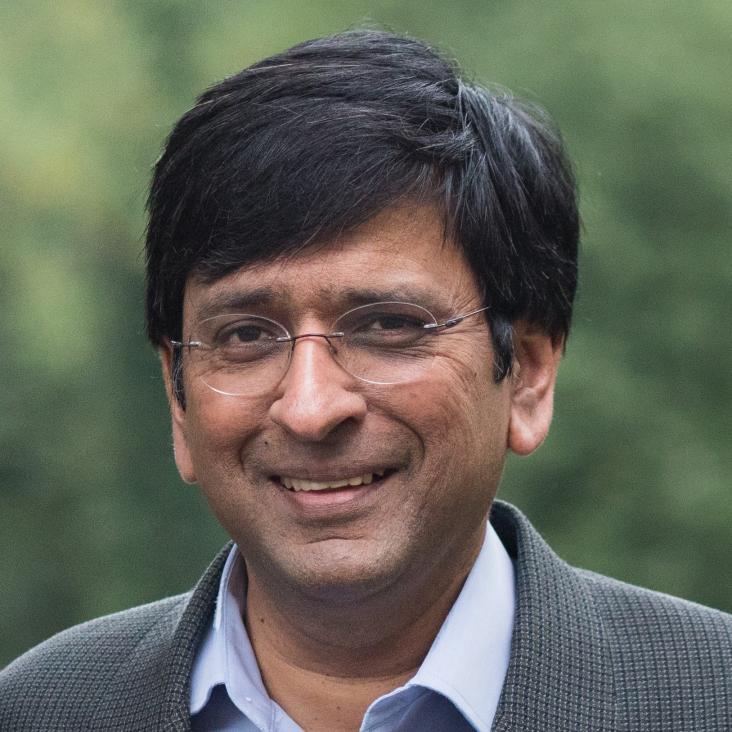One-dimensional Luttinger liquids in a two-dimensional moiré lattice
Nature Springer Nature 605:7908 (2022) 57-62
Abstract:
The Luttinger liquid (LL) model of one-dimensional (1D) electronic systems provides a powerful tool for understanding strongly correlated physics, including phenomena such as spin–charge separation1. Substantial theoretical efforts have attempted to extend the LL phenomenology to two dimensions, especially in models of closely packed arrays of 1D quantum wires2,3,4,5,6,7,8,9,10,11,12,13, each being described as a LL. Such coupled-wire models have been successfully used to construct two-dimensional (2D) anisotropic non-Fermi liquids2,3,4,5,6, quantum Hall states7,8,9, topological phases10,11 and quantum spin liquids12,13. However, an experimental demonstration of high-quality arrays of 1D LLs suitable for realizing these models remains absent. Here we report the experimental realization of 2D arrays of 1D LLs with crystalline quality in a moiré superlattice made of twisted bilayer tungsten ditelluride (tWTe2). Originating from the anisotropic lattice of the monolayer, the moiré pattern of tWTe2 hosts identical, parallel 1D electronic channels, separated by a fixed nanoscale distance, which is tuneable by the interlayer twist angle. At a twist angle of approximately 5 degrees, we find that hole-doped tWTe2 exhibits exceptionally large transport anisotropy with a resistance ratio of around 1,000 between two orthogonal in-plane directions. The across-wire conductance exhibits power-law scaling behaviours, consistent with the formation of a 2D anisotropic phase that resembles an array of LLs. Our results open the door for realizing a variety of correlated and topological quantum phases based on coupled-wire models and LL physics.Hydrodynamics of quantum spin liquids
Physical Review B American Physical Society (APS) 104:23 (2021) 235412
Time-crystalline eigenstate order on a quantum processor.
Nature Springer Nature 601:7894 (2021) 531-536


